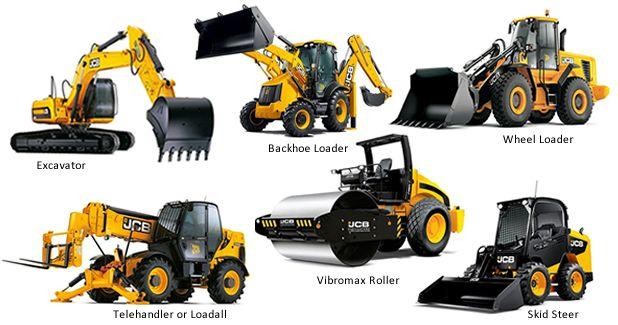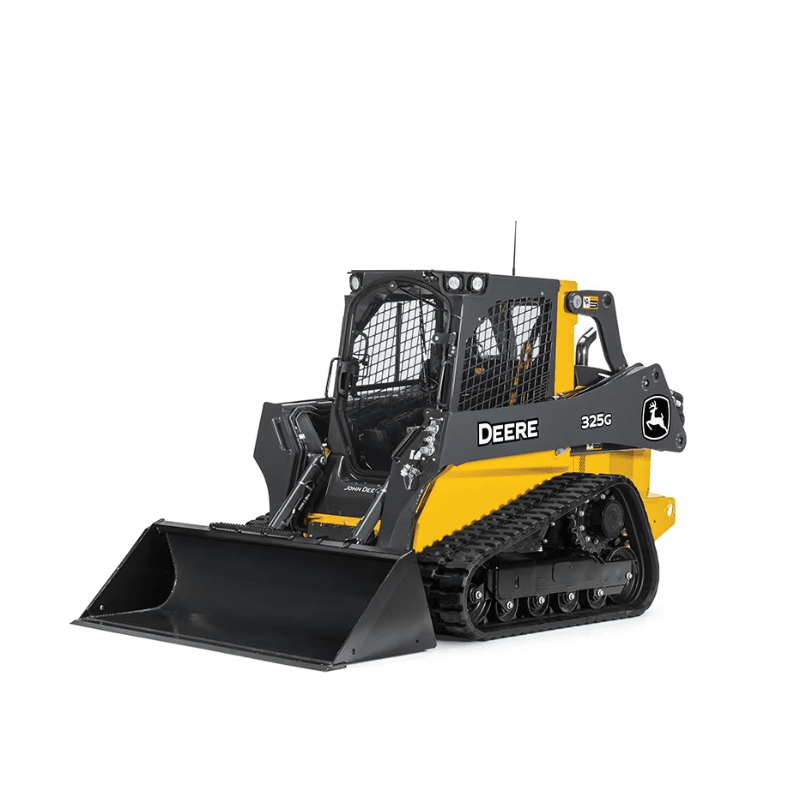Maximize Your Spending Plan by Comprehending the Prices Connected With Construction Devices Rentals
Recognizing the full scope of prices related to building tools leasings is essential for maximizing your budget plan. While the first rental fee might appear simple, countless additional expenses-- such as transportation, fuel surcharges, and upkeep-- can rapidly build up, influencing your monetary planning. Furthermore, understanding different fees and the details of rental contracts can help avoid unexpected financial worries. What techniques can be employed to efficiently take care of these prices and make certain a much more reliable rental experience?
Introduction of Rental Costs
When thinking about building and construction devices rentals, understanding the linked costs is vital for effective budgeting and project preparation. Rental expenses can vary significantly based upon a number of aspects, including tools kind, period of rental, and place. The initial rental fee frequently shows the tools's market need and its linked functional capabilities, affecting the total expenditure.
In enhancement to the base rental price, supplementary prices might arise, such as transportation costs, fuel additional charges, and maintenance fees. It is important to represent these extra expenses to precisely analyze the overall cost of renting equipment. The rental period can impact prices; longer rentals may certify for reduced prices, while short-term rentals might incur higher daily costs.

Malfunction of Rental Rates
An extensive understanding of rental prices is crucial for specialists and job supervisors intending to maximize their budget plans. Rental prices for building and construction devices commonly include numerous components, consisting of base rates, time-based costs, and usage fees.
Base prices are the core fees associated with the rental of the tools, frequently figured out by the kind and dimension of the machinery. These rates can differ significantly, influenced by variables such as equipment demand, accessibility, and regional market trends. Time-based charges, which may be daily, weekly, or monthly, serve to suit various project timelines and rental durations.
Furthermore, rental prices might consist of usage costs, which apply when devices is made use of beyond a defined threshold, making sure that the rental business can account for damage. Seasonal need changes can also influence rental prices, with peak building and construction seasons normally commanding greater prices.
Additionally, comprehending the rental firm's policies regarding upkeep and insurance can supply additional understanding into the general price structure. By analyzing these elements, specialists can make enlightened choices, making sure the selection of rental devices aligns with both project requirements and spending plan constraints.
Added Charges to Take Into Consideration
Comprehending the ins and outs of additional fees is vital for professionals to manage their total leasing costs effectively. Past the typical rental prices, different auxiliary fees can significantly impact the overall price of devices leasing. These fees usually consist of delivery and pickup fees, which can differ based on range and logistics associated with transferring the devices to and from the task site.
Moreover, some rental companies might impose gas additional charges if the equipment is returned with less fuel than when leased. It is additionally necessary to be conscious of prospective cleaning charges, especially for specialized equipment that requires detailed maintenance after use.

Completely examining the rental arrangement and clarifying these extra fees ahead of time can assist contractors guarantee and stay clear of unexpected costs Get More Info that budget plans continue to be intact throughout the job lifecycle.
Upkeep and Repair Service Expenses
Regular upkeep and repair service costs are commonly forgotten variables that can significantly affect the total expense of building devices leasings. When renting tools, it is vital to think about not just the rental fees yet additionally the potential expenses related to keeping the machinery in optimum operating problem.
Many rental companies include fundamental maintenance as component of the rental agreement; however, much more comprehensive repair work or unanticipated failures can result in extra costs. It's vital to review the rental agreement carefully to recognize what upkeep solutions are covered and what responsibilities drop on the renter.
In addition, equipment that is not well-kept can result in inefficiencies on the task website, possibly enhancing and creating hold-ups project expenses. To minimize these threats, it is suggested to carry out routine examinations and keep open interaction with the rental company concerning any problems that occur during usage.
Insurance Policy and Responsibility Expenses
Insurance policy and obligation prices are crucial components that can substantially influence the total cost of building devices rentals (aerial lift rental). These costs make sure that both the rental business and the customer are secured from possible financial losses emerging from crashes, damage, or theft during the rental period

Additionally, customers must be conscious of any kind of deductibles or exemptions in the insurance coverage, as these can impact prospective out-of-pocket expenses. Understanding the terms of any insurance policy protection is essential to stay clear of unforeseen prices. Inevitably, budgeting for insurance and obligation expenses can help guarantee a smoother rental experience and shield against monetary risks related to building tasks.
Conclusion
Finally, a detailed understanding of the prices related to building tools services is vital for effective budget administration. By analyzing rental prices, added costs, upkeep expenses, and insurance policy requirements, people and organizations can lessen unexpected expenditures. This tactical strategy not just boosts cost-effectiveness however also makes sure that projects proceed efficiently and effectively. Inevitably, educated decision-making regarding tools leasings contributes to the overall success of construction undertakings.
Rental costs can differ substantially based on a use this link number of variables, consisting of devices kind, period of service, and place (dozer rental). The rental period can impact prices; longer leasings may certify for reduced prices, while short-term leasings might sustain higher daily charges
By carrying out thorough research study and involving with reputable rental firms, service providers can successfully navigate the intricacies of rental rates, ultimately maximizing their financial sources.
Beyond the typical rental rates, various auxiliary fees can substantially impact the complete expense of equipment rental. Rental business often offer see responsibility insurance policy that covers injuries to third celebrations or damages to residential or commercial property, while equipment damage insurance policy can cover the expense of repair services or substitute if the leased devices is damaged.